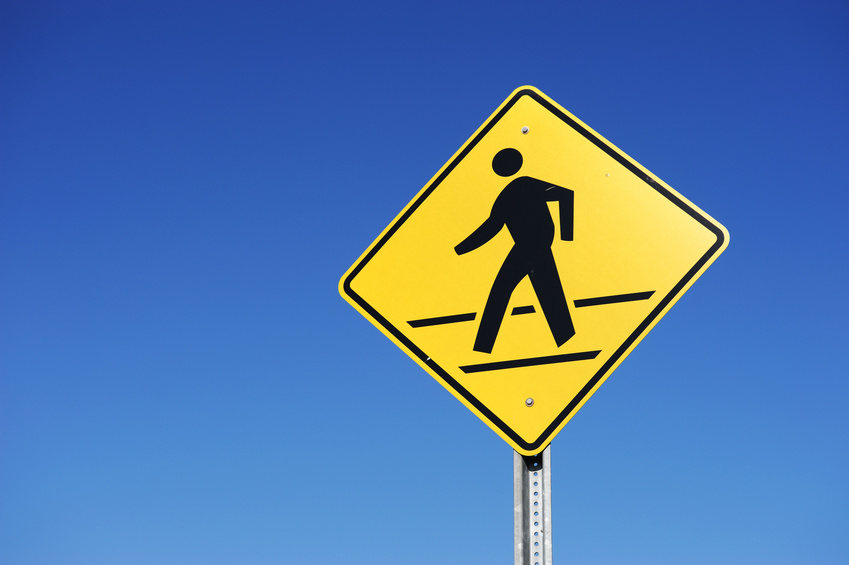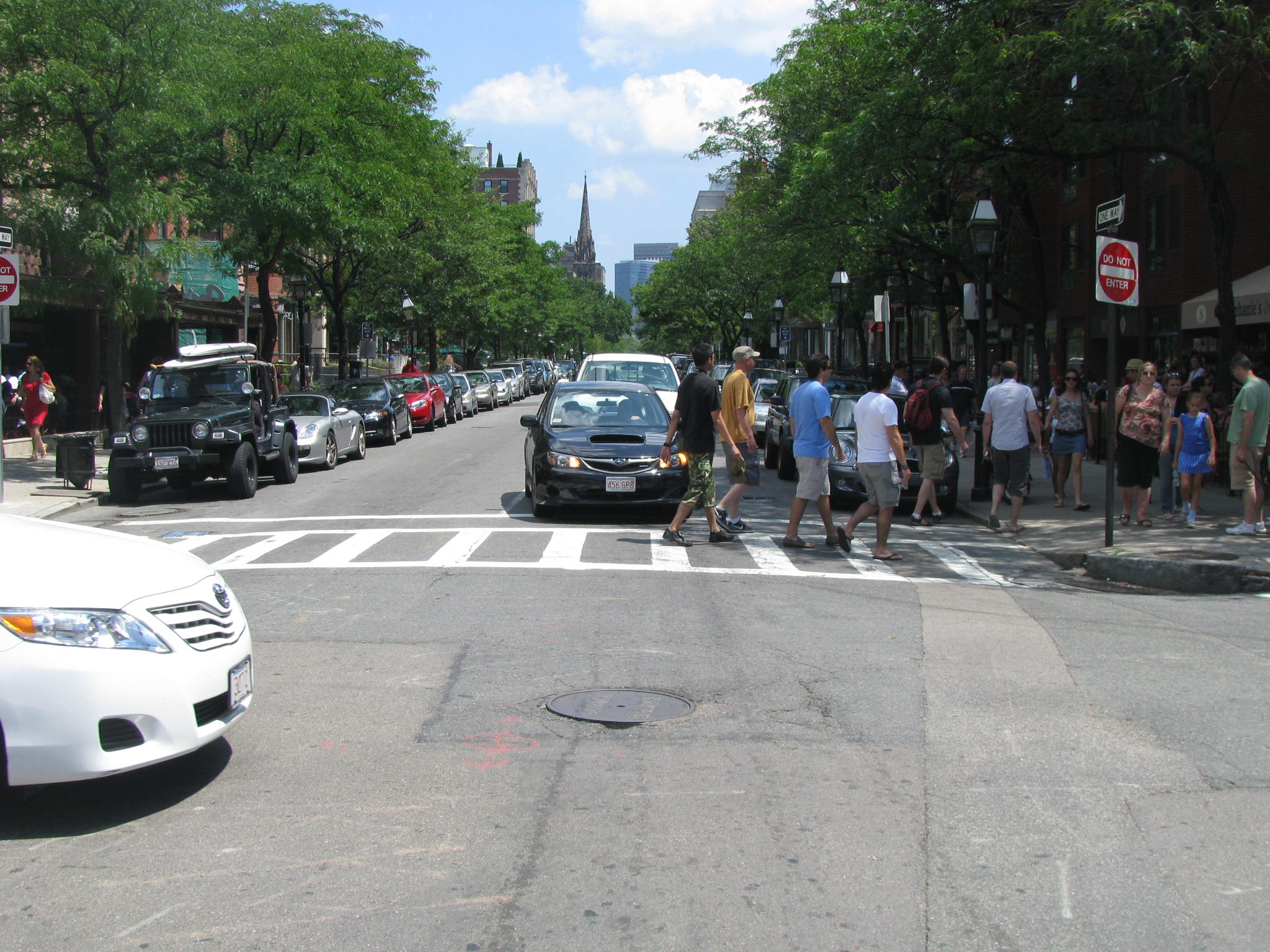 I came across an article on walkability in a magazine for association executives and their industry partners. The Associations Now article was titled “Is Your Conference Location Walkable Enough?” It highlighted the recent Smart Growth America Dangerous by Design 2014 study that we featured last week, which revealed that pedestrian deaths across our country are at an all time high.
I came across an article on walkability in a magazine for association executives and their industry partners. The Associations Now article was titled “Is Your Conference Location Walkable Enough?” It highlighted the recent Smart Growth America Dangerous by Design 2014 study that we featured last week, which revealed that pedestrian deaths across our country are at an all time high.
And why would conference planning be impacted by pedestrian safety?
Because the top spots on the most dangerous cities for pedestrians list, if you recall, are also some of the favorite locations for big conferences: Orlando, Atlanta, Phoenix… Newer cities that grew fast and were built around the automobile.
I have attended many a conference in Orlando and I have to tell you that I hate everything about going there. Nothing is walkable. (And inside Disneyland totally doesn’t count.) What’s worse, if you TRY to walk to a restaurant outside your hotel, every fiber of your being will be challenged trying to get across many lanes of traffic whose drivers are not expecting to see pedestrians. I much preferred the ones in cities like Toronto, Chicago and San Francisco where a combination of my two feet and mass transit made it easy to get around. And it did not require that I hassle with a car and driving in an unfamiliar city, which was safer both for me and those around me.
Conference planners and associations who are planning big events want to choose locations that will encourage people to attend AND keep them safe. And the size of the conference/event matters, certainly. You have a lot more choice with a smaller conference. Will all your attendees have to rent a car? Or can they fly in, take a bus and be at a dense location where they can walk to restaurants and be independent? Will there be enough stuff for them to do in and around the conference or will you have to keep them all huddled in the big hotel/convention center on the edge of town?
I like that walkability is on the radar screen for associations and those planning conferences. We need lots of people on the walkability train to help push our nation to rethink and redesign cities built for people, not just cars; streetscapes that allow for cars AND people to get around safely. Conference planners want to pick cities that offer convenience and things to do. And cities want to attract tourism and visitors. How do they do that? By offering safe, maintained and connected, pedestrian networks (including mass transit) that connect people with nearby clustered local restaurants, stores and businesses (among other things, but you get my drift).
One more reason to strive for a more walkable city — visitors super dig walkable cities (almost as much as residents do).






No Comment